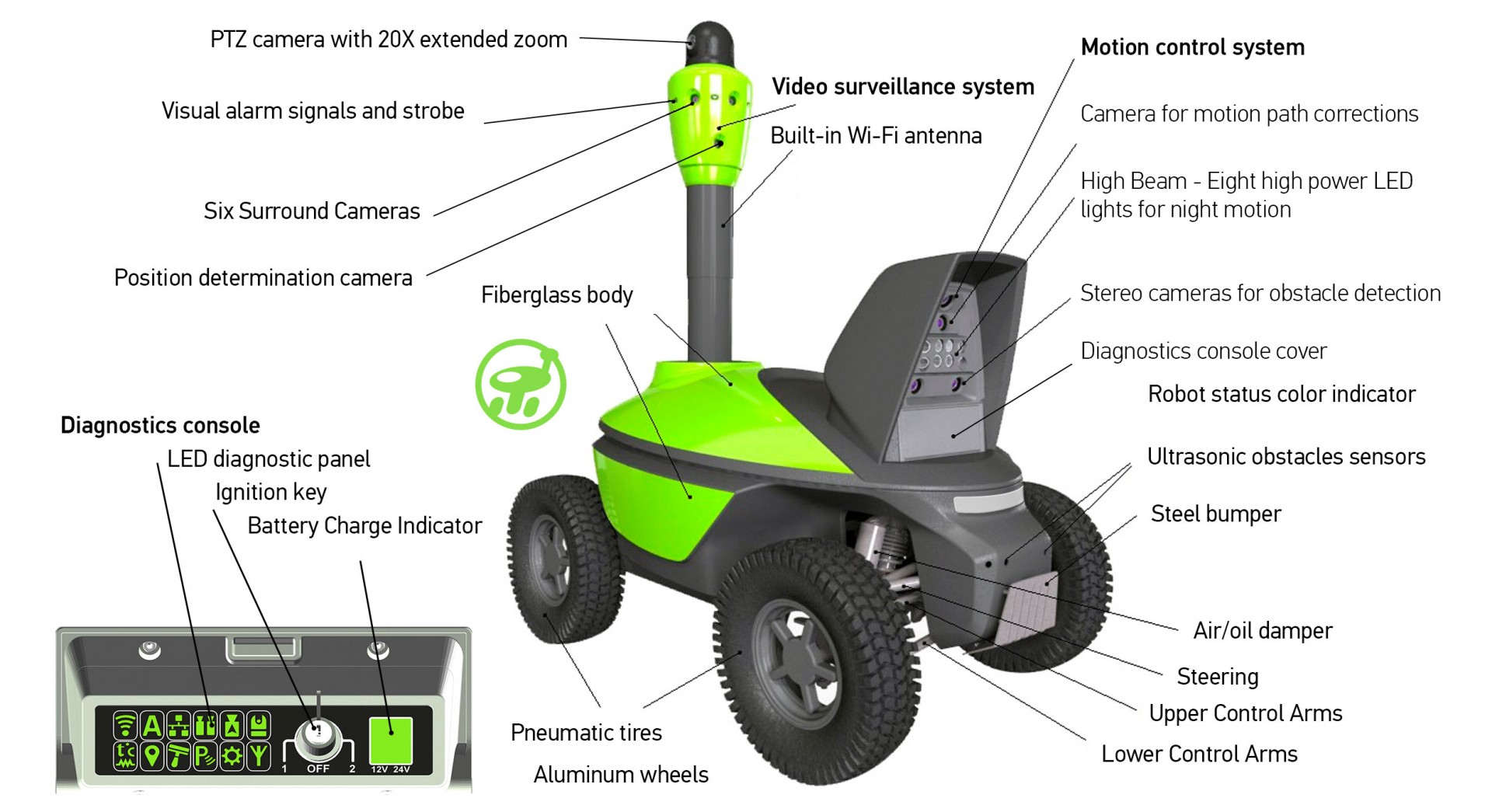Robot navigation systems are the backbone of autonomous robotics, enabling robots to move intelligently and purposely through their environment. These systems are crucial for a wide range of applications, from industrial automation and logistics to healthcare and search and rescue operations. In this article, we will delve into the world of robot navigation systems, exploring their key components, types, and applications.

Key Components of Robot Navigation Systems
A typical robot navigation system consists of several key components, including:
- Sensors: Sensors are the eyes and ears of a robot, providing it with the information it needs to navigate its environment. Common sensors used in robot navigation systems include cameras, lidar, radar, GPS, and inertial measurement units (IMUs).
- Mapping and Localization: Mapping and localization are critical components of robot navigation systems. Mapping involves creating a representation of the environment, while localization involves determining the robot’s position within that environment.
- Motion Planning: Motion planning is the process of determining the best path for a robot to follow to reach its goal. This involves considering factors such as obstacles, terrain, and dynamic constraints.
- Control Systems: Control systems are responsible for executing the motion plan, regulating the robot’s speed, direction, and acceleration.
Types of Robot Navigation Systems
There are several types of robot navigation systems, including:
- Dead Reckoning: Dead reckoning is a simple navigation system that relies on the robot’s internal sensors, such as encoders and IMUs, to estimate its position and velocity.
- Map-Based Navigation: Map-based navigation involves creating a detailed map of the environment and using it to guide the robot. This approach is commonly used in applications such as warehouse automation and self-driving cars.
- Sensor-Based Navigation: Sensor-based navigation relies on external sensors, such as cameras and lidar, to detect obstacles and navigate the environment.
- Hybrid Navigation: Hybrid navigation systems combine multiple navigation approaches, such as map-based and sensor-based navigation, to provide a more robust and flexible solution.
Applications of Robot Navigation Systems
Robot navigation systems have a wide range of applications, including:
- Industrial Automation: Robot navigation systems are used in industrial automation to optimize production workflows, improve efficiency, and reduce costs.
- Logistics and Transportation: Robot navigation systems are used in logistics and transportation to automate tasks such as material handling, packaging, and delivery.
- Healthcare: Robot navigation systems are used in healthcare to assist with tasks such as patient care, medical transportation, and laboratory automation.
- Search and Rescue: Robot navigation systems are used in search and rescue operations to navigate disaster scenarios, detect survivors, and provide critical assistance.
Challenges and Limitations of Robot Navigation Systems
While robot navigation systems have made significant progress in recent years, there are still several challenges and limitations that need to be addressed, including:
- Sensor Noise and Uncertainty: Sensor noise and uncertainty can significantly impact the accuracy and reliability of robot navigation systems.
- Dynamic Environments: Dynamic environments, such as those with moving obstacles or changing terrain, can be challenging for robot navigation systems to navigate.
- Scalability and Flexibility: Robot navigation systems need to be scalable and flexible to accommodate different applications and environments.
Future Directions of Robot Navigation Systems
The future of robot navigation systems is exciting and rapidly evolving, with several key trends and advancements on the horizon, including:
- Artificial Intelligence and Machine Learning: Artificial intelligence and machine learning are being increasingly used in robot navigation systems to improve their accuracy, adaptability, and decision-making capabilities.
- Cloud-Based Navigation: Cloud-based navigation is a new approach that leverages cloud computing and data analytics to provide more accurate and efficient navigation solutions.
- 5G and Edge Computing: The integration of 5G and edge computing is expected to revolutionize robot navigation systems, enabling faster, more reliable, and more secure communication and processing.
FAQ
Q: What is the most common type of sensor used in robot navigation systems?
A: The most common type of sensor used in robot navigation systems is the camera, which provides visual feedback and can be used for tasks such as object recognition and tracking.
Q: What is the difference between dead reckoning and map-based navigation?
A: Dead reckoning is a simple navigation system that relies on the robot’s internal sensors, while map-based navigation involves creating a detailed map of the environment and using it to guide the robot.
Q: What are some of the challenges and limitations of robot navigation systems?
A: Some of the challenges and limitations of robot navigation systems include sensor noise and uncertainty, dynamic environments, and scalability and flexibility.
Q: What is the future of robot navigation systems?
A: The future of robot navigation systems is exciting and rapidly evolving, with several key trends and advancements on the horizon, including artificial intelligence and machine learning, cloud-based navigation, and 5G and edge computing.
Conclusion
In conclusion, robot navigation systems are a critical component of autonomous robotics, enabling robots to move intelligently and purposely through their environment. These systems have a wide range of applications, from industrial automation and logistics to healthcare and search and rescue operations. While there are still several challenges and limitations that need to be addressed, the future of robot navigation systems is exciting and rapidly evolving, with several key trends and advancements on the horizon. As the field continues to advance, we can expect to see more sophisticated and capable robot navigation systems that can navigate complex environments, make decisions in real-time, and interact with humans and other robots in a seamless and intuitive way.
Closure
Thus, we hope this article has provided valuable insights into Introduction to Robot Navigation Systems. We thank you for taking the time to read this article. See you in our next article!
